Smart Machines Answer End Users' Call for Production Quality
Wagner cited Tetra Pak, the Sweden-based food packaging and processing company, as a hybrid model of an OEM offering production capability, as well as a traditional capital-equipment model. "They make money on the paper," he explained. "The machines are almost a giveaway. You can end up with a lease program on the equipment. The faster and longer the machine runs the more paper it uses."
On the visualization side, there's also a move away from text-based HMIs to multimedia displays on modern machines. "It's not unusual to see embedded video, graphics and pictures," Wagner said. One of the newer trends is that SMS cards are being installed so operators can receive text messages directly from their Smart Machines. "The texts can schedule preventive maintenance or order spare parts for a job," said Wagner, admitting that such functionality requires a progressive "openness" on the part of the end user. "Safety has always been an issue. Now you've got security in the mix because the OEMs are motivated to have a live connection to that machine."
"Machine builders need to understand the end user's needs, and how they can help boost their customers' return on investment." Mike Wagner of Rockwell Automation talked about connectivity, compliance and competitiveness across the OEM landscape.
Market leading OEMs have been thinking about remote connectivity and security for a while, and the technology's now catching up, added Wagner. Rockwell Automation, for example, is bringing multi-level discipline to security. "It's not enough to secure the operator login on the machine," he said. "You need to have security around who's allowed to make changes, how they're made and how they're tracked." The OEM also wants intellectual property protection, said Wagner. "They need to guarantee quality of their machine."Smart Machines and connectivity also have changed error reporting on most machines. "OEMs in the past have been required to create error logs, which are glossaries of failure," explained Wagner. "Today, we have diagnostic logic built in. Trends and analytics are available on the fly. Root causes are easier to chase. Now the operator screen is going from green to yellow to red. It'll tell them, for example, that they have a material issue and tell them what to do, without interrupting production in many cases."
As OEMs look to deliver more connected machines to global end users, they also encounter a variety of regulations and standards, some of them unfamiliar. "Compliance is
multi-faceted," said Wagner. "We're all complying with many standards globally every day. We have safety compliance. We have the Food Modernization Safety Act, which affects the way we report and monitor sanitary conditions. We have electrical compliance from OSHA. And compliance varies by country. If you're operating in the United States, you have UL. For Europe, there's CE. All of our drives have to be tested, not just as a product, but as a system. China has its own standards, and so does Canada."
As users drive to realize The Connected Enterprise, it represents a significant business opportunity for OEMs, who can make themselves more valuable to end users by anticipating their customers' future needs. "Our goal is to enable OEMs to be more productive and competitive in their markets," Wagner said. "Machine builders need to understand the end user's needs, and how they can help boost their customers' return on investment."
About the Author
Mike Bacidore
Mike Bacidore

Leaders relevant to this article:



